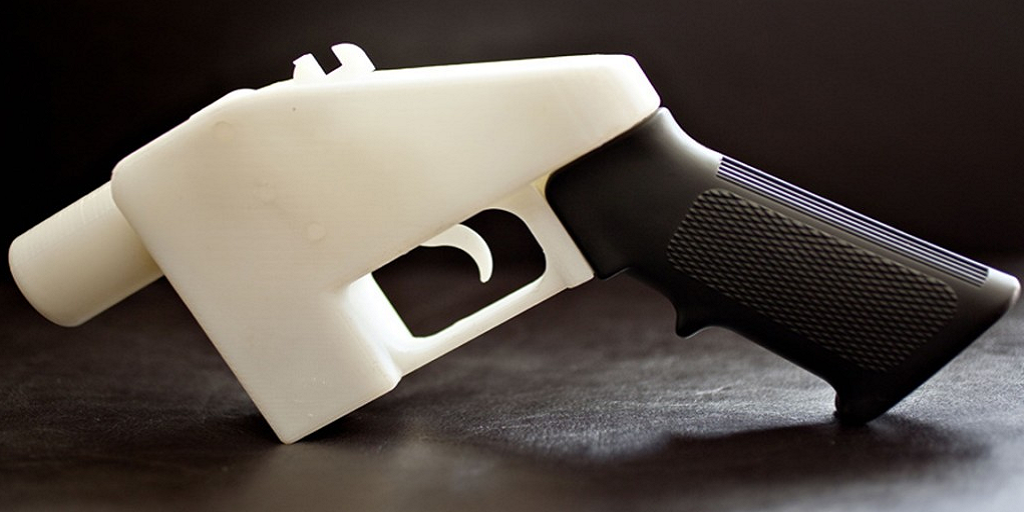The second thing that Sculpteo wants us to remember is that it is not keen on 3D printing counterfeit products. You know, these are files that you didn’t design and that technically, by all measures, do not belong to you. One way to avoid confusion about the status of your own uploaded files is to select the ““private” or “public” parameter when uploading your 3D file. If you select “private” you can ensure that this is exactly what you are going to get. Also, if you have any questions about the intellectual property status of a scanned or downloaded object from a marketplace, check out this handy blog post that reviews copyright, designs, and models, etc.
Next we have a very simple reminder from the Sculpteo team: don’t bother trying to 3D print firearms, because it simply isn’t going to happen!
There is also a problem with 3D printing electronics. Why? Because Sculpteo simply isn’t equipped to handle a job like this yet. Companies like Voxel8 and Nano Dimension are leading the 3D printing pack in this direction, and their innovations might make 3D printed electronics a more common service in the future, but we just aren’t there yet. So hold off on involving Sculpteo with these projects, because, like its firearms policy, it just isn’t going to happen.
“As soon as the production has been launched (meaning the part is nested in our printing volume and sliced for the 3D printer), the object will be produced and changing it would mean delaying every other task.”
For your convenience, Sculpteo allows you to check out your order page and see if it is in queue (when you can still make changes or cancel it) or when it is production (too late, I’m afraid). The order page is constantly being updated, so keep your eye on it as a way to ensure you can change something or cancel a print job before it’s too late.
Those are Sculpteo’s 5 things we should avoid when using its 3D printers. We can all get on board with these sensible pointers, can’t we? Do you disagree with any of their information? Discuss in the Sculpteo 3D Printing No-No’s forum over at 3DPB.com.
